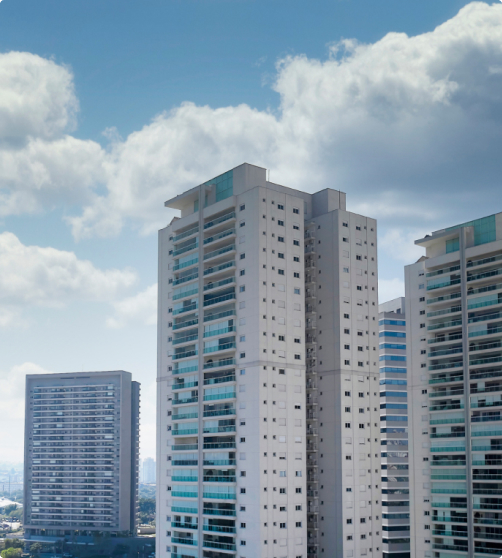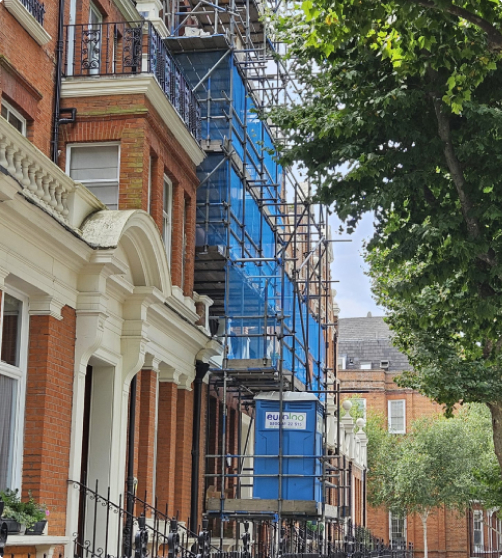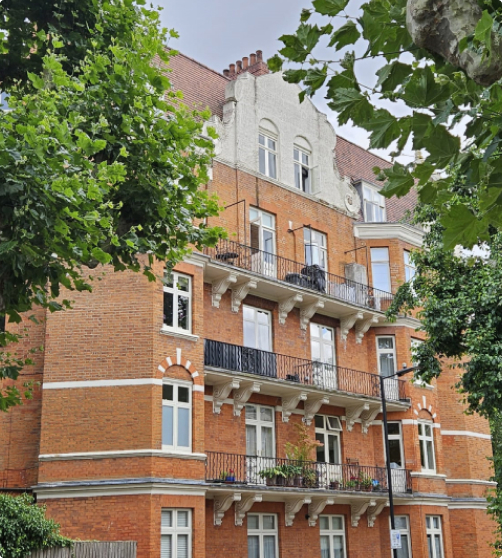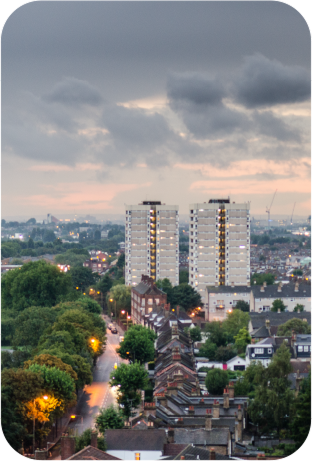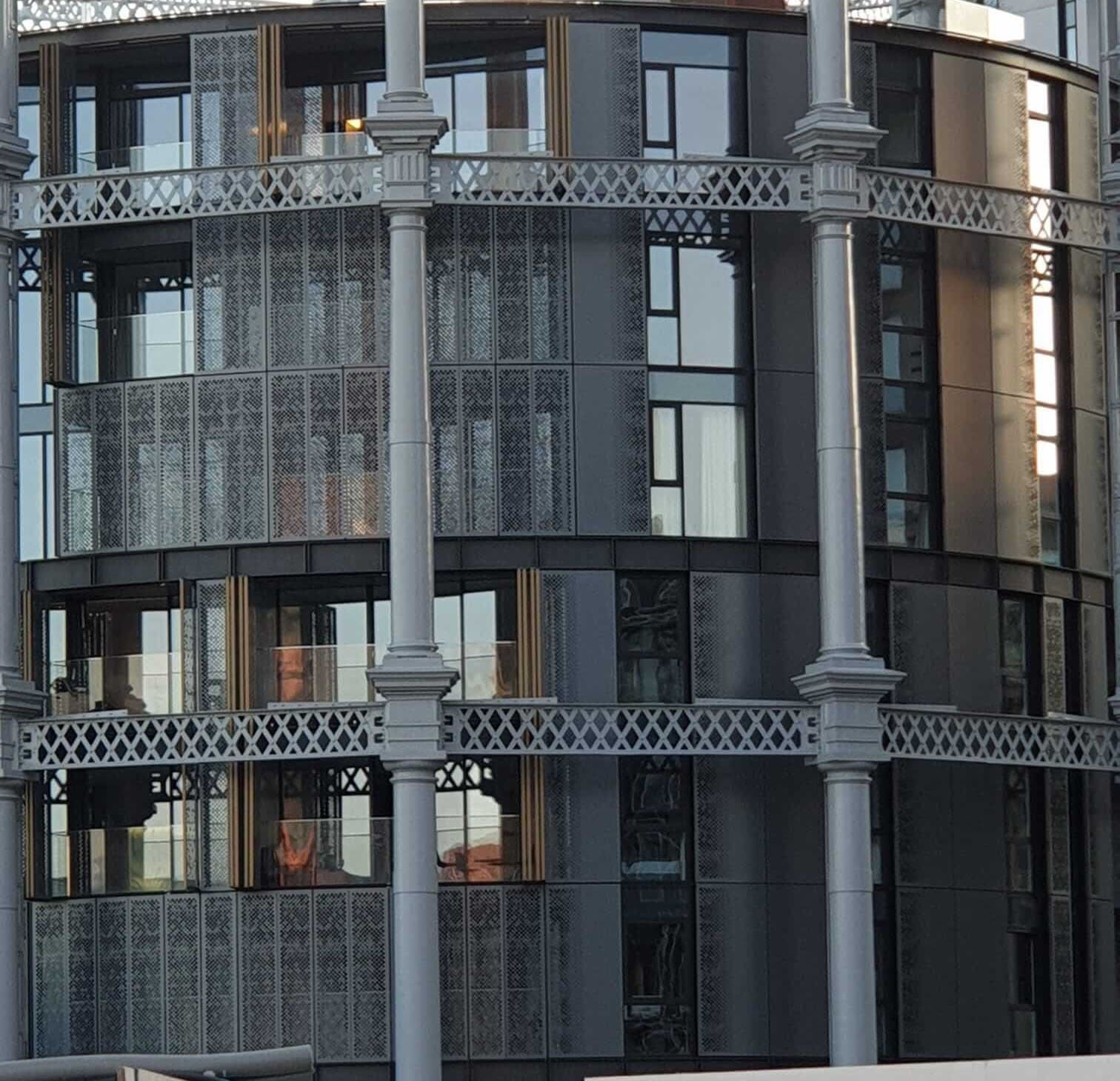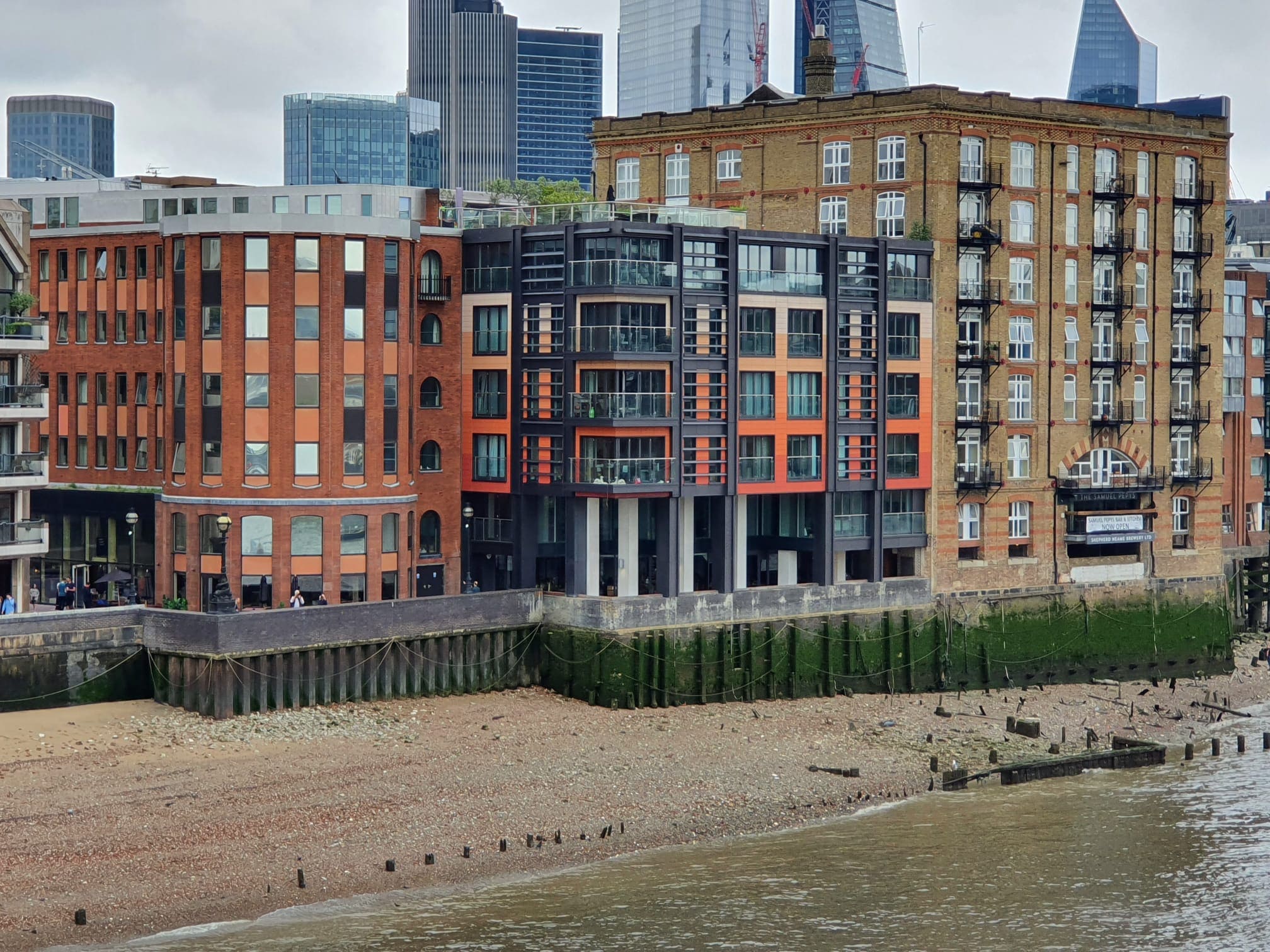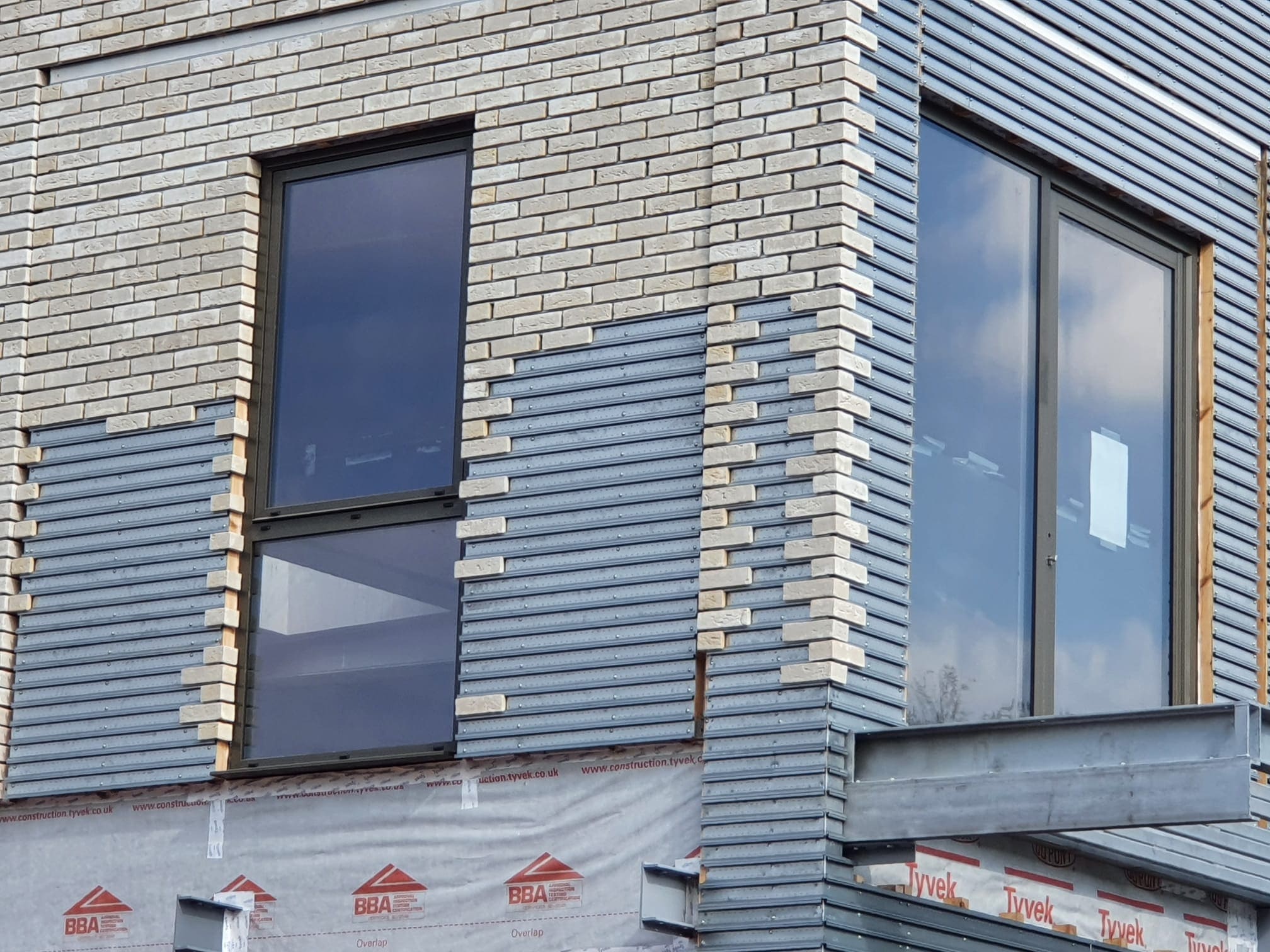Developer & NHBC Claims
The Building Safety Act opens the door to Apartment Owners who can now pursue the building developer, even if a development was built as long ago as 1992.
It also makes it illegal to use service charges to remedy fire safety defects that should be the developer's responsibility. Most reputable developers have now signed the Developer Pact (Wales) or Developer Pledge (England) and the Government Developer Remediation Contract (which sets out the terms).
Tech Apps to make managing Building Safety simpler post the Fire Safety and Building Safety Acts
Fire Door Strategies: Inspection, Compliance, and Legal Remedies
How to make a developer new build warranty or NHBC claim
What to do if the NHBC, Premier or new build warranty has expired
What you can claim under The Defective Premises Act 1972
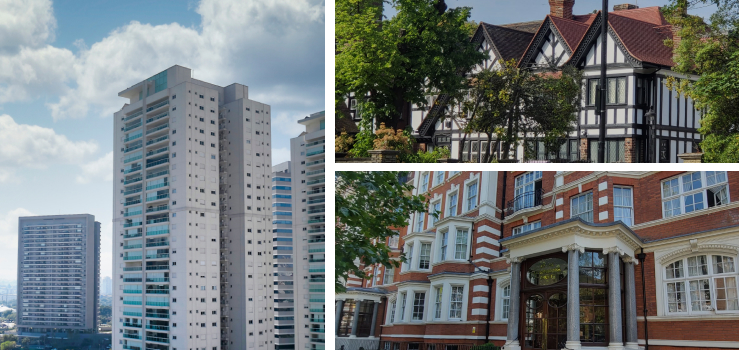
We offer Client friendly Building Surveying Services
Building Surveying is about following knowing how buildings have been built over the years, the different materials that were available at the date of construction, what with hindsight we now know about such materials in order to follow the trail of suspicion and report on defects and remedies. Our role is to package this in clear, helpful advice..
For new buildings there will be a fire safety strategy document and/or fire strategy drawings, these set out what type of fire door should be installed where, e.g.;
Generally doors that are not designated “s” can only be installed to external escape routes, lift shafts or ancillary accommodation. For low rise blocks of flats usually an FD30s will suffice, and where there is more risk an FD60s is likely to be prescribed.
Therefore, as well as inspecting fire doors it is important to do 2 things:
-
Check the doors actually installed against what the fire strategy says should be installed
-
Check the doors actually installed against what the fire strategy says should be installed
The reason it is important to identify to ‘original install faults’ is that there may well be an opportunity to present the faults to the developer for rectification and/or to make a new build warranty claim. Since Michael Gove took charge of the Levelling Up Agenda and drove through the Fire Safety Act 2021 (which widened the scope and regime for fire door inspections) and the Building Safety Act 2022 which extended limitation periods to enable leaseholders to claim for ‘fire safety related faults’ potentially going backwards 30 years, if your Fire Door Inspector, or the Fire Door Inspection App that they use is clever enough to quantify ‘original developer install faults’ from ‘wear and tear faults; like ours is, then your Fire Door Inspector should leave you with several very useful outputs:
-
A PASS or FAIL Certificate for each door/property
-
A digital inspection report for each door/property/block
-
A Bill of Quantities – listing all faults and where they occur in an easy ready to price format
-
A Bill of Quantities – listing ‘original developer install faults’
-
A Bill of Quantities – listing ‘wear and tear’ faults’
If you receive all this then you will be equipped for all eventualities, e.g., to serve papers on Owners to repair their own doors, to run a bulk programme to deal with all faults as a communal issue or to present a ‘Building Safety Act 2022’ claim against the developer or to make an NHBC claim or new build warranty claim.
How to make a developer new build warranty or NHBC claim
Time is of the essence when making a new build warranty claim, e.g., against an NHBC or Premier, LABC, Checkmate, BuildSafe, as whilst a policy may provide cover for 10 years, rarely are all aspects covered for the full 10 years. When checking a new build policy, it is also important to check whether the policy has ‘building regulations’ cover and if so whether this is for the full cover period as where it can be proved that the fault, in this case faults discovered during a fire door inspection arise from a breach of building regulations, then despite the ‘time out period’ on the policy for faults, the non-compliance with building regulations can bring an item back into cover.
The claim or NHBC claim should be presented to the developer as well as presented to the NHBC or new build warranty provider. After receipting your claim the NHBC or new build warranty provider will check the claim against the policy cover available. Assuming there is cover, and the claim is valid then there will be a waiting period during which the claim is put to the housebulider or developer to give them the opportunity to step in. Alternatively, the NHBC may wish to instruct their own experts to inspect and quantify matters.
What to do if the NHBC, Premier or new build warranty has expired
In line with reports accepted by the Welsh government, there is an emerging agreement to what fire door faults can be considered ‘original install developer faults’, e.g. wrong fire door type FD30s instead of FD60s, installation gaps etc….
So what the Ringley Fire Door Inspection App does is prepare the evidence that you need to make your claim. Again, time is of the essence and will either be 15 or 30 years.
In short, the Building Safety Act 2022 effectively extended limitation periods retrospectively from 12 to 30 years in both The Defective Premises Act and section 28 of the Building Act 1984 . The Building Safety Act also extended the limitation period to 5 years prospectively for claims under s1 and s2A (claims that accrue after the Act takes effect).
What you can claim under The Defective Premises Act 1972
Under the DPA 1972 a person taking on work for, or in connection with, the provision of a dwelling owes a duty to ‘every person who acquires an interest in that dwelling’ to see that work is done:
-
In a workmanlike or professional manner
-
with proper materials and
-
to ensure that the dwelling is fit for habitation when completed.
This opens new routes for property owners are previously the claims were usually made as ‘breach of contract claims; which means that such claims were limited to original 1st buyers, i.e., the person who bought directly from the developer only. One advantage of claims under the Defective Premises Act 1972 is that the claimants do not have to have a contractual relationship with the developer to bring a claim – so a subsequent buyers can claim. However, for a Defective Premises Act claim to succeed, the claimant must show in particular that the defects being complained of render the dwelling or building ‘unfit for habitation’. It is pretty undeniable that Fire Safety defects would count as a Yes.
So, given there are Fire Door Inspections Apps and there are Fire Door Inspectors out there but there are very few solutions that deal with all of the following:
-
Uploading names of owners or residents for Apartment door inspections
-
Managing bookings
-
Issuing ‘no show fines’
-
Individual Reports per Apartment
-
Grouped Reports per Block or Site
-
Bill of Quantities
-
Full Tender pack
-
Transparent tendering process
-
Bulk Procurement of Works
-
Portal for Owners to submit [upload] proof of remedial works done
-
Mechanism for Engineers to check works for adequacy
-
Diary to schedule next regime of inspections
-
Ringley Law to serve Section 38 Repairs Notices to call for works not done
-
Preparation of evidence to support developer claims under the Building Safety Act 2022
-
Preparation of evidence to support NHBC and new build warranty claims
Our Team
The key to our success is our people
